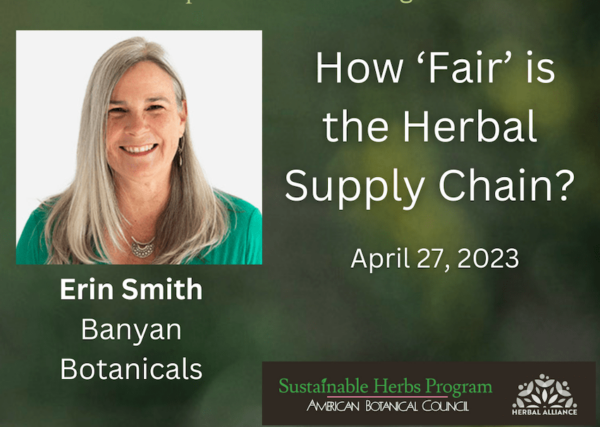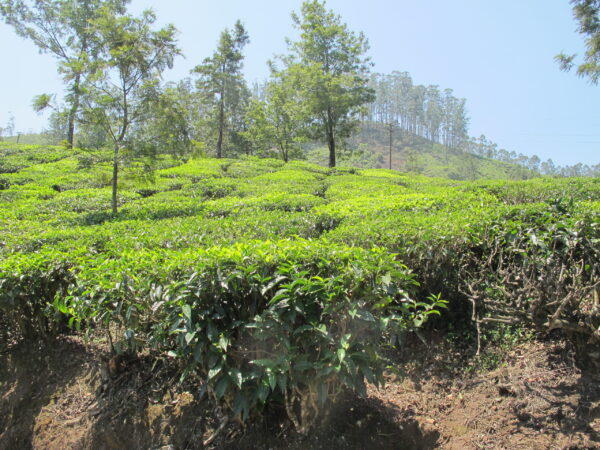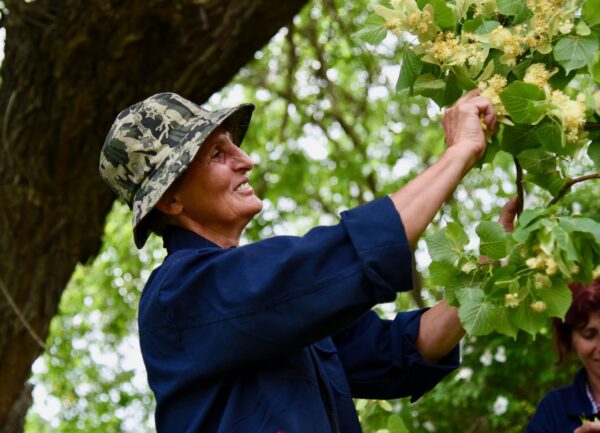Costa Rica
This video takes you on a journey through medicinal herb farming practices that are helping to restore the health of the land and support local communities in Costa Rica. Learn about the importance of soil health and biodiversity in creating a thriving human and ecological ecosystem.
Video Clips
Below are a collection of clips from the longer video.
Blog Posts Related to Costa Rica
How Fair is the Herbal Supply Chain?
Fair certifications are slowly gaining more momentum in the herb...
Advocacy and the Climate Crisis
Jane Franch of Numi Tea talks about Numi's climate plan...
Consumers Prioritize Sustainability
Key takeaways from HerbalGram article, “Climate-Conscious Consumers Prioritize Sustainable Herbal...
What Does Sustainability Mean?
In this video and interview, Andrea Rommeler talks about what...




